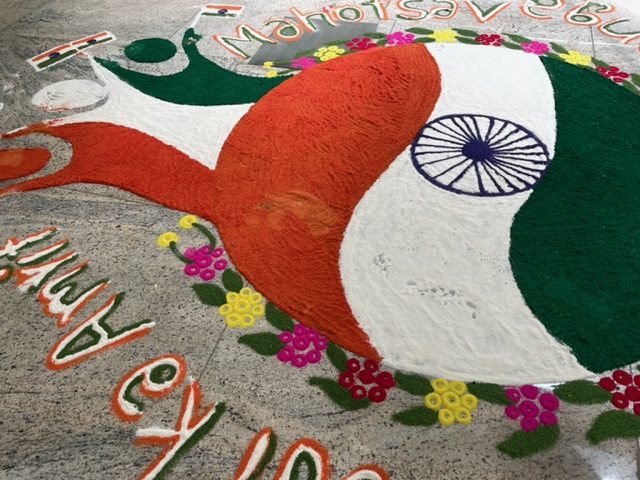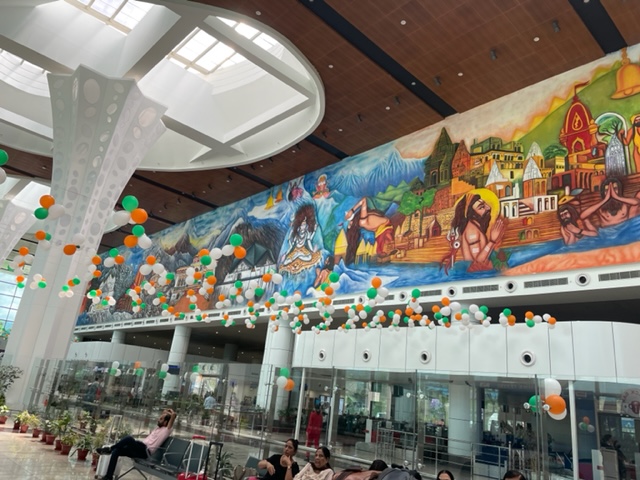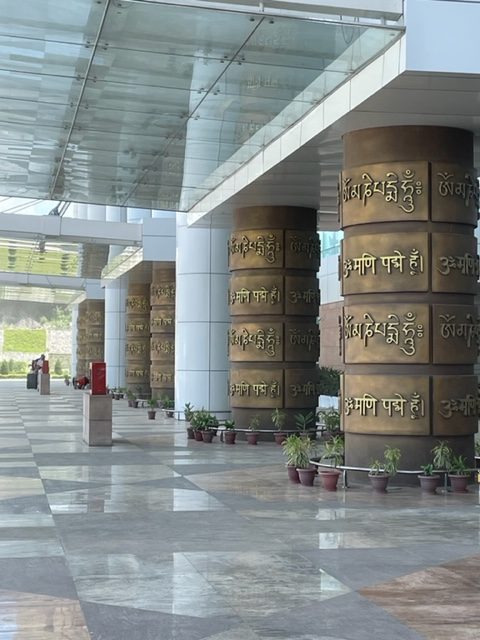Dehradun Airport and art as a reflection of the spirit of its time
Enlarge

In the Doon Valley, in the foothills of the Himalayas, sits Dehradun, which would be pretty much like any medium-size north Indian city were it not for its location.
The weather – milder than the baking heat of the plains below – has meant Dehradun was always the focus of elite schools and academies, not least the Indian Military Academy, Forest Research Institute, the Indian Institute of Remote Sensing and Indira Gandhi National Forest Academy, as well as Doon School, one of the Indian equivalents of Harrow, Welham Boys School and Welham Girls School. The city is also the official base of the Surveyor-General of India. The city has always had strategic importance, which means it boasts a prominent Indian Air Force and Army presence.


In light of all of this, it’s interesting to see the statement that Dehradun Airport makes in terms of public art. Originally built some 50 years ago, to receive and send off small-craft, the airport has expanded massively to its present state. Fourteen years ago, it got an extended runway, and a new terminal building a year later. A new passenger terminal opened just last year. It has a variety of artworks in the public space. There is a colourful rangoli – a traditional art form that uses rice flour or coloured sand or flower petals to make petals – to mark 75 years of Indian independence. A massive mural referencing Hindu gods runs across the length of one wall of the terminal. And outside, thick pillars bear the six-syllabled Sanskrit mantra “Oṃ maṇi padme hūṃ”, which is associated with Tibetan Buddhism.
Art is always a reflection of the spirit of its time, as Dorothea von Hantelmann, professor of art and society at Bard College Berlin, once noted.
The sense conveyed by the public art in Dehradun airport is supremely confident and, it has to be said, inclusive.
That may not be exactly the reality of BJP-ruled India but there you go.

